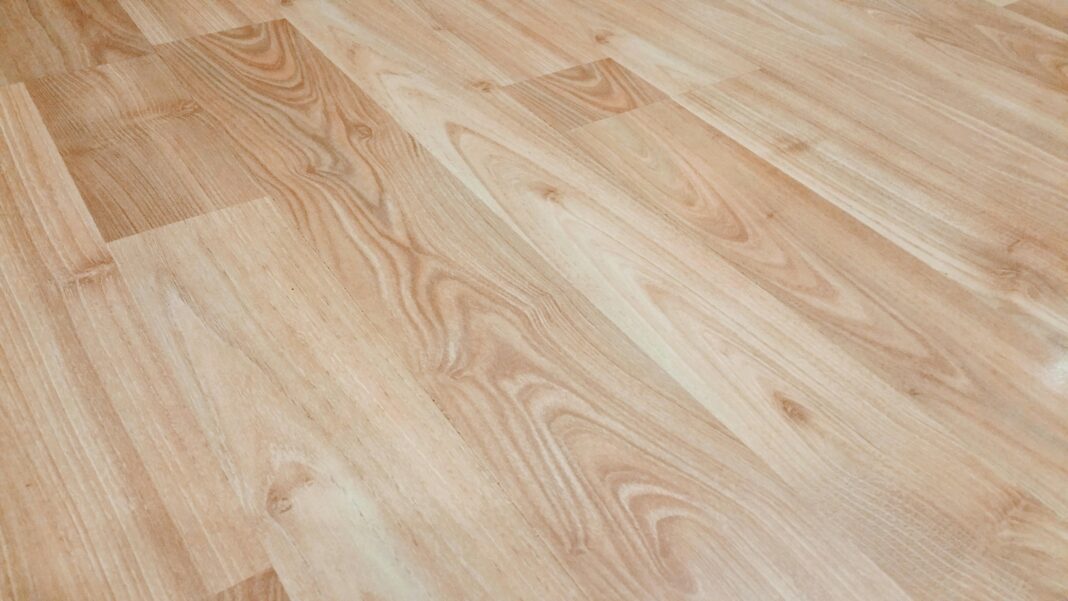Luxury Vinyl Tile (LVT) is relatively new in the market, but it has become popular in recent years because of the hardness and adaptability together with its features of being able to mimic several other floor kinds. Especially, the thick type of LVT flooring has even more advantages which make it suitable for several areas in your home. In this article, the author aims at giving the readers a brief on thick LVT flooring, how it is installed as well as how it should be maintained.
1. Here is what you need to know about the Thick LVT Flooring.
LVT stands for Luxury Vinyl Tile which is a specific type of vinyl flooring that is imitative of wood, stone or ceramic tile. Thick LVT is a category of LVT which depicts products with more thickness than the conventional LVT which is between 5-8mm or even more. This increases the thickness a little and it also brings about greater underfoot comfort and thickness.
2. Pros of Thick LVT Flooring
Durability: Thus, the improved wear layer gives thick LVT flooring the major advantage of high durability. It has added thickness that means it is less susceptible to denting and scuffing and thus suitable for any household which has a lot of traffic such as high traffic areas in the house like the hallways, kitchens, and living rooms as well as commercial facilities.
Comfort: Thick LVT is softer to the bare foot than thin vinyl options; therefore, it feels more comfortable covering the floor. This makes it very suitable for instance in workouts, walking, or jobs that involve a lot of standing.
Sound Insulation: LVT has more thickness as compared to laminate flooring; thus, it acts as a barrier for sound and prevents the transmission of sound from one floor level to another. This is especially useful in multi-storied buildings or apartment houses where the transfer of noise is highly undesirable.
Aesthetic Appeal: As a general rule thick LVT has a greater closely replicated look with a greater depth of the pattern and texture detail than thin LVT flooring, this is due largely to the innovation techniques used to mimic such surfaces as timber and stone. It gives the look that is ordinarily associated with high quality at a fraction of the cost that high quality materials command.
Water Resistance: LVT flooring is highly water and moisture proof thus makes the best option for the bathroom area, kitchen area and any rooms that could be flooded. However, Thick LVT retains these properties while improving the level of its durability and comfort.
Easy Installation: Most of the thick LVT flooring products are fitted with the click-locking system, which enables homeowners fit the floor themselves without expert help. This can help reduce the cost and time that would be needed to make installations for the direct control of required processes.
3. Installation Process
Preparation: It is recommended that when you are planning to install thick LVT flooring, the sub-floor should be clean, dry as well as level. Tear off any old covering on the floor and make sure the substrate to be covered with the LVT is even and without cracks.
Acclimation: This is due to the fact that; temperature and humidity have a big influence on the LVT flooring and thus should be allowed to adjust to conditions in the particular room for at least 48 hours before the floor is installed. This reduces other expansion or contraction that might be occasioned after the flooring has already been installed.
Layout: Call doubled the amount of flooring and made the decision to plan the association of the tiles or planks in the direction in which they will be laid. This will assist in reduction of wastage and work well in giving a professional touch to the outlook.
Installation: Install the LVT flooring right from the corner of the area to be floored and fix the planks or tiles in a way that they click together. Intervals should be uniformly left at the periphery to accommodate the material’s expansion.
Finishing Touches: Once all of the flooring is in, pull the spacers and then put up base or molding to hide the expansion gaps and for looks.
4. Maintenance Tips
Regular Cleaning: Maintain cleanliness of your thick LVT flooring by cleaning it with either a vacuum cleaner or by sweeping it in order to get rid of all dirt. To clean the, vinyl floor, use a damp mop and cleaning agent meant for cleaning vinyl floors so that it does not form a bad look.
Protective Measures: Install door mats at the entrance points so that they help minimize the amounts of dirt and moisture that is tracked onto the floor. To minimize the possibility of developing deep marks on the surface due to the movement of large furnishes, one should use the pads under the furniture.
Avoid Harsh Chemicals: Cleaning with high alkaline and abrasive cleaners, waxes or solvents should not be used on LVT flooring as they cause discoloration. It is recommended that use only manufacturer recommended cleaning products when cleaning.
Thick LVT flooring is perfect for any homeowner who wants to have a durable, comfortable and stunning flooring solution. It is also thicker making it more durable and soft to the touch making it ideal for areas that receives a lot of traffic and where moisture is can be a potential issue. When installed and maintained correctly, thick LVT flooring will give you a good aesthetic flooring solution for use in your home. As for the thickness, it ranges from 2-7mm and is suitable for any type of home improvement project, ranging from the refurbishment of a single room to the improvement of the entire house’s flooring.
